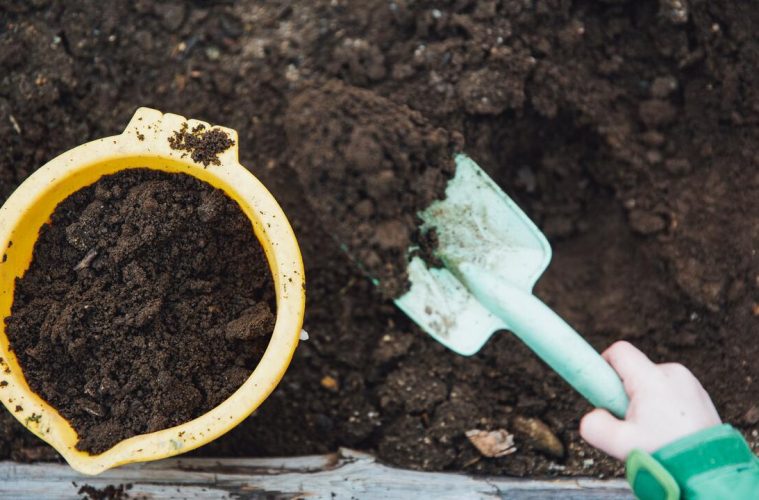The concept of “zero-waste” has been steadily gaining momentum in recent years. This is due, in part, to the increasing concerns globally around food insecurity and climate change. The goal of zero-waste living is to send as little waste as possible to landfills, and it centres around reducing overall consumption, composting scraps, recycling waste and using reusable containers.
One way to practise a zero-waste lifestyle is to grow food in your own garden. This benefits the environment by eliminating the need for harmful plastic packaging as well as cutting down on the emissions from petrol and refrigeration when transporting and storing supermarket fruits and vegetables. It also fosters an appreciation for how food grows and where it comes from, meaning that you are less likely to view it as easy to come by and disposable.
Zero-waste living can also be applied to your garden. In this article, we discuss what exactly a zero-waste garden is and the steps to achieving one.
Zero-waste gardening
Having a zero-waste garden means that you focus on sustainability and making use of things that you might otherwise throw away. This means that in your garden you are ensuring that nothing ends up in a landfill and no harmful substances are being released into the air, groundwater or soil.
You might ask what the problem with organic matter ending up in a landfill is, considering that it’s just going to decompose. The answer is that the high concentration of decomposition at landfills generates significant greenhouse gas emissions, which is a large contributor to climate change.
Additionally, ensuring that no harmful substances are released into the environment means getting rid of chemical pesticides and herbicides, as well as using sustainable materials instead of harmful ones, such as plastic, when gardening.
Tips and how-to’s
- One of the best ways to start a zero-waste garden is with composting. This has the dual benefit of using up all of your food scraps, and adding nutrients and microorganisms to your soil. This means that you will have a more sustainable and higher-quality garden.
- Cut down on your water consumption by collecting rain water and grey water. Grey water is the waste water from baths, sinks and washing machines which generally just gets sent down the drain.
- Plant indigenous plants that will thrive in your environment and attract important animals and insects to your garden. This is essential for turning your garden into a thriving ecosystem.
- Repurpose recycled materials into seed trays and planters. This can include cardboard boxes and wood pallets, or using old yoghurt containers or the inside of toilet rolls to house seedlings.
- Try using natural alternatives to pesticides and herbicides in order to prevent harmful chemicals from leeching into your environment and harming insects and animals. Another way to fight pests is through companion planting, which has the added benefit of diversifying your garden.
- Only buy what is very necessary. This means being mindful of the difference between needing and wanting new garden supplies, and being creative in repurposing recycled materials into the supplies that you might need.
Like this article? Follow us on Instagram @sagardenandhome for more!
READ MORE: Eco-friendly garden tips
Keep your garden flourishing while you take a break
Featured Image: Markus Spiske via Unsplash

